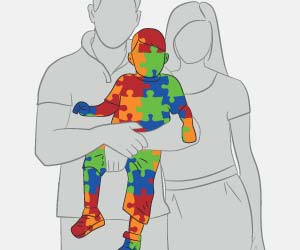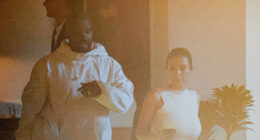
The research team from ECU, UWA and Telethon Kids Institute have previously found children on the autism spectrum were more likely to have greater facial asymmetry than non-autistic children.
Genetic factors are known to play a major role in autism however there is growing evidence that environmental factors, such as hormones or maternal health, could also influence development of the condition.
In the current study researchers compared the facial asymmetry of 192 parents of autistic children to 163 adults with no known history of autism.
They found parents of children on the autism spectrum had more asymmetric faces than other adults of a similar age.
ECU School of Science Research Fellow Dr Syed Zulqarnian Gilani said the research was an important step in better understanding the genetic causes of autism.
“These findings suggest there could be a link between the genes which affect the likelihood of an individual having greater facial asymmetry and autism,” he said.
“By using these cutting-edge 3D scans of faces combined with machine learning techniques we can distinguish between thousands of subtle differences in faces to determine an overall facial asymmetry score.
“When we compared those scores, we saw that faces of parents of autistic children were more likely to have higher asymmetry compared to other adults.”
READ RELATED: Diabetes type 2 warning – the six 'less well-recognised' symptoms of high blood sugar
A new way of looking at autism
According to Dr Diana Tan, the project’s lead author and a Postdoctoral Research Associate at UWA and Telethon Kids Institute, the research helps increase our understanding of autism.
“Autism is not traditionally known to be a condition with distinctive facial features, but our research has challenged this notion,” she said.
“We previously examined another facial marker – facial masculinity – that was associated with autism. The next step of this project would be to evaluate the usefulness of combining facial asymmetry and masculinity in determining the likelihood of autism diagnosis.”
The project was a collaboration between researchers from ECU, The University of Western Australia, and Telethon Kids Institute.
‘Facial asymmetry in parents of children on the autism spectrum’ was published in Autism Research.
Source: Eurekalert
Source:






